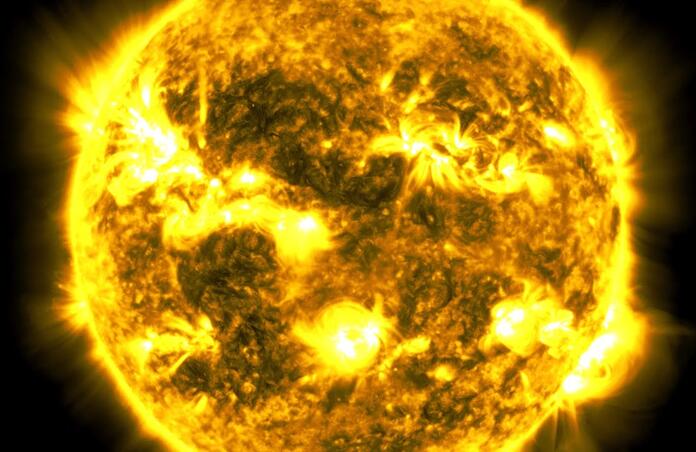NASA’s SDO Releases Remarkable 10-Year Timelapse of the Sun

NASA’s Solar Dynamics Observatory (SDO) just released a fascinating 61 minute timelapse of the Sun’s surface activity over a 10-year period.
SDO has captured literally millions of images of the Sun since its launch in 2010, in a variety of different wavelengths. The observatory has taken a high-resolution image of the Sun ever 0.75 seconds for over 10 years, capturing over 425 million photos so far (a whopping 20 million gigabytes of data). It's also equipped with a suite of onboard instruments, including the Atmospheric Imaging Assembly (AIA), which is responsible for providing its most fascinating images—those of our Sun in ten different wavelengths.
The timelapse video (which you can watch below) shows images taken at a wavelength of 17.1 nanometers, an ultraviolet wavelength that exclusively highlights the Sun’s corona. In just 61 minutes, the video shows the Sun’s variable solar activity, including transiting planets and plasma eruptions (and the brief temporary blackout caused by an error with the AIA instrument). Each photo represents one hour of observation from SDO over the course of ten years.
SDO’s ability to consistently capture such a massive collection of images of the Sun, especially in different wavelengths, is crucial to our understanding of the Sun’s overall behavior. Though it may not seem like it, there’s still a great deal we don’t understand about our Sun, particularly the behavior of its corona. These images are already helping scientists answer questions about the Sun’s turbulent behavior, and since SDO’s mission hasn’t ended, this a lovely time to be a solar physicist.
Check out the official Solar Dynamics Observatory page for more images, news, and info about the mission.